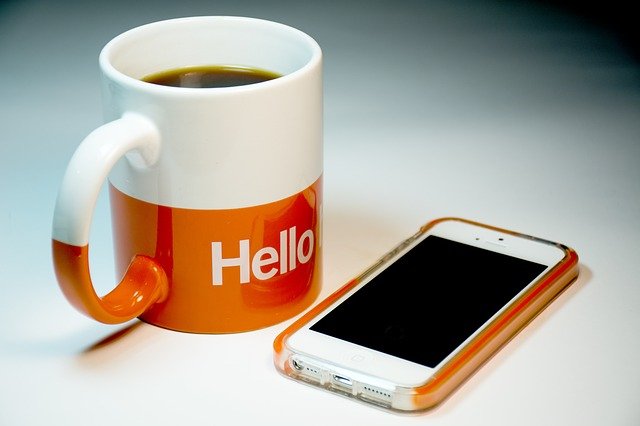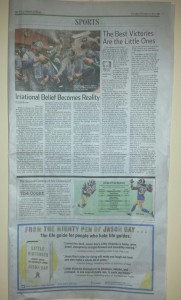
Surprisingly, the phone call has become a popular method of business communication by young people while working remotely as The Wall Street Journal reported in The Resurrection of the Office Phone Call. Apparently establishing more rewarding connections to decreasing digital carbon emissions are among the advantages of phone calls over video meetings, emails and texts.
During the pandemic, millennials discovered the benefits of communicating with colleagues, mentors, clients and prospects by phone and phone traffic has shot up. The work call provides an effective method for one-on-one discussions without concerns related to using Zoom such as what to wear, whether your background is tidy and appropriate or if the lighting is good.
A phone’s portability is another plus. You can talk while getting fresh air or moving around inside instead of being stuck in front of a computer.
When I started in public relations, reaching out to the media to pitch story ideas and guest recommendations by phone was a mainstay. However, once email became universal it has generally been the preferred method when initially pitching producers, writers, editors, influencers and bloggers.
I often find a hybrid approach of calls and emails is most effective during the follow-up process and cuts back on the number of emails exchanged. Once a media professional is interested in an idea, a phone call is an efficient way to build a rapport while confirming details concerning a proposed interview, product feature, or bylined article. Also, connecting on social media is a good idea to learn more about them and share their work.
With growing concerns about the environment, CBS This Morning’s “Eye on Earth” correspondent shared our reliance on IT for remote work negatively impacts the planet. We may not be commuting as much, but sending 100 emails leaves the same carbon footprint as driving a mile in a car. In fact, the BBC’s Smart Guide to Climate Change says making video calls over the internet has a much higher carbon footprint than do mobile phone calls.
More rationale in support of phone conversations was explained in an article in Scientific American. It discusses a paper slated for publication in the Journal of Experimental Psychology by Professor Nicholas Epley at the University of Chicago Booth School who studies social cognition and Assistant Professor of marketing and psychology Amit Kumar at the University of Texas. Their research indicates people should consider talking rather than typing to forge better connections and more satisfying interactions.
Another study with young children cited in The New York Times showed that telephone communication was just as effective as being able to touch and see a parent. “The clear implication is that you don’t need to literally see your loved ones and friends to feel your bond with them,” psychiatrist Dr. Richard Friedman writes in a recent op-ed.
As the iconic song reminds us, “Everything Old is New Again.”
Contact us to learn how we can help promote your brand with our hybrid approach and other effective strategies to amplify your marketing in 2021.


